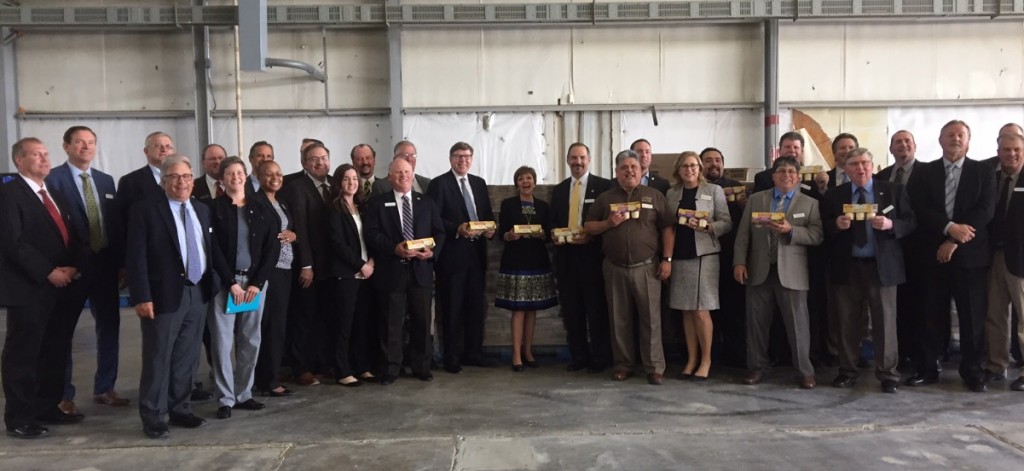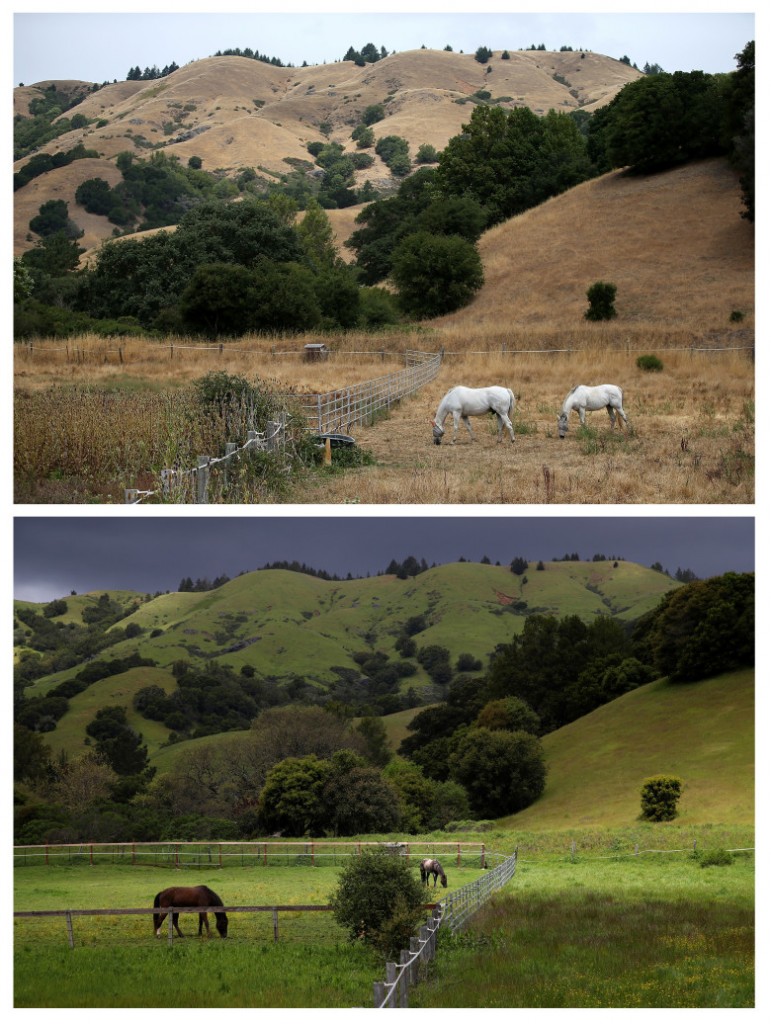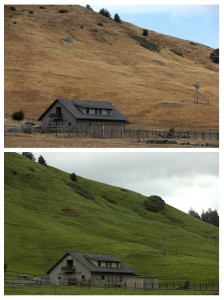CDFA is observing Invasive Plant Pest and Disease Awareness Month throughout April. The USDA, CDFA and organizations across the agricultural spectrum are reminding the public about the risks that invasive plant pests, diseases and harmful weeds pose to America’s crops and forests—and how we all can prevent their spread.
Each year, harmful invasive plant pests and diseases cost the United States about $40 billion in crop losses, damage to forests and vulnerable ecosystems, and expensive eradication and control efforts. It only takes one person who moves one piece of infested firewood, one infected plant, or one piece of infested fruit to spread these invasive pests to a new area. That’s why USDA’s Animal and Plant Health Inspection Service (APHIS) has designated April as Invasive Plant Pest and Disease Awareness Month. Spring is the perfect time to remind everyone of the simple steps they can take to prevent the spread of harmful invasive plant pests.
For example, USDA believes Huanglongbing (HLB, or citrus greening) was spread from Florida to California by one person who likely mailed an infected plant to that State. HLB was first detected in Florida in 2005 and has since spread rapidly. A concerted effort by USDA, California and the citrus industry is underway to find new strategies in the fight against HLB.
The good news is that individuals can also stop the spread of invasive pests by looking for and reporting suspicious insects or signs of damage. For example, the Asian longhorned beetle was detected in Boston in 2010 when a single groundskeeper with a keen eye noticed and reported an unusual dime-sized hole in a tree. That one call provided early warning to jump-start an eradication effort that quickly eliminated this destructive pest from that city.
Here’s what you can do to help keep invasive pests from spreading as spring gets underway and all year round:
- Spring is a busy time for buying plants. Buy yours from reputable nurseries or online businesses. Ask if they comply with federal and state quarantine restrictions to ensure their plants are pest-free.
- Planning to travel? Whether it’s between states or to another country, check with your local USDA office before you bring back fruits, vegetables or plants so you know what’s allowed. And when returning from abroad, always declare all agricultural items to U.S. Customs and Border Protection so they can make sure items are free of harmful pests or diseases.
- When enjoying the great outdoors, don’t move untreated firewood. Instead, buy or responsibly gather firewood near the place you’ll burn it. Or, take certified, heat-treated firewood on your trip with you.
- If you live in an area under state or federal quarantine for an invasive pest, don’t move produce or plants off your property. Call your local USDA office to find out how to safely dispose of yard debris like trees and branches. Also, allow authorized agricultural workers access to your property for pest or disease surveys.
- Make sure to clean outdoor items before moving them. Wash dirt from outdoor gear and tires before traveling long distances to or from fishing, hunting or camping trips. If relocating to a new home, clean lawn furniture and other outdoor items before placing them in a moving van or storage pod.
- Finally, report any signs of invasive pests by going to http://www.HungryPests.com
To learn more, visit www.HungryPests.com or join the conversation on Facebook or Twitter. The website includes photos and descriptions of 19 invasive pests that can be moved easily by people, an online federal quarantine tracker by state, and phone numbers for reporting signs of invasive pests. Questions? Contact CDFA’s pest hotline at 1-800-491-1899.


















